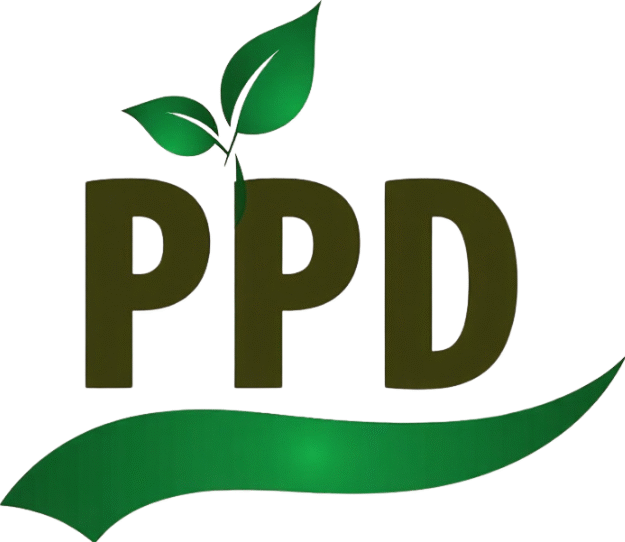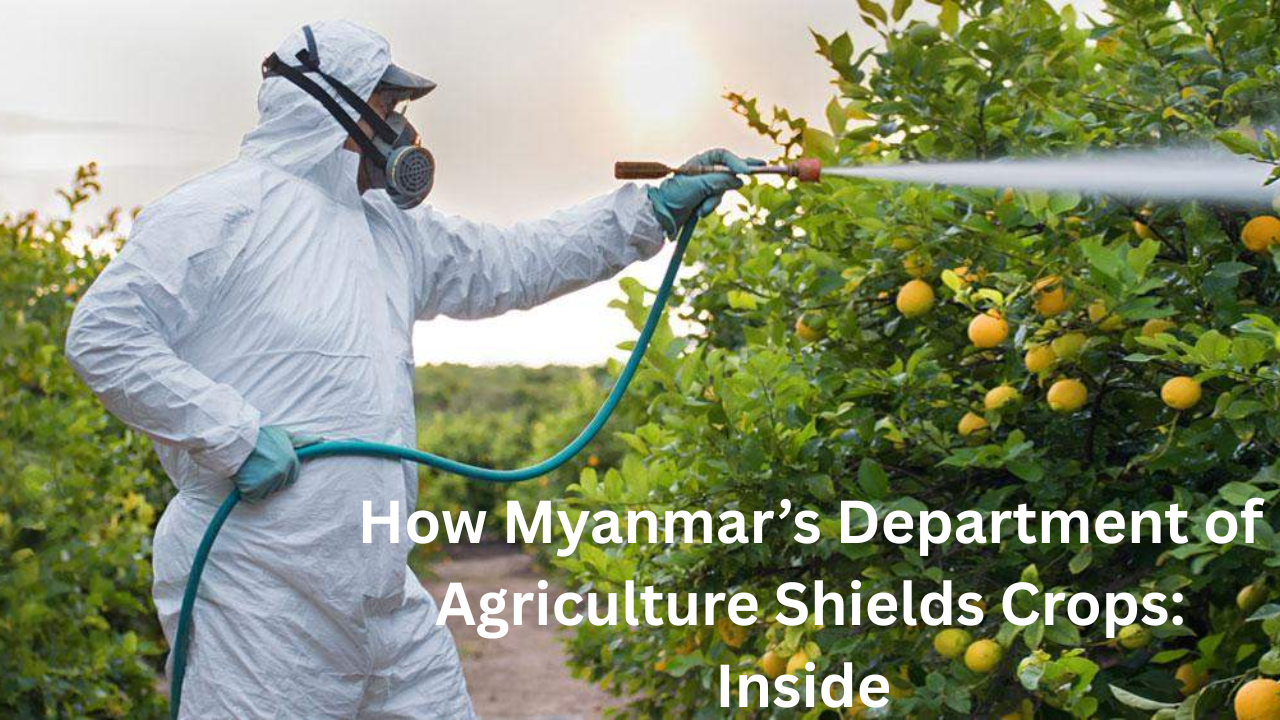
In the face of rising global threats to agriculture—from invasive pests to cross-border plant diseases—plant biosecurity has become an urgent national priority. In Myanmar, the Department of Agriculture (DOA) serves as the frontline defender of plant health. Through an extensive network of divisions, regulatory frameworks, and scientific capabilities, the DOA plays a central role in protecting crops, ecosystems, and livelihoods from biosecurity risks. This article explores how the DOA systematically supports plant biosecurity across the country, ensuring safe agricultural trade and food security.
Understanding Plant Biosecurity
Plant biosecurity refers to a set of measures aimed at preventing the introduction and spread of harmful pests, diseases, and invasive species that can affect plants, ecosystems, and agricultural trade. It is critical for:
- Protecting local agriculture from pest outbreaks
- Maintaining biodiversity and native flora
- Safeguarding agricultural exports from quarantine-related rejection
- Enhancing climate resilience in farming systems
Key Strategies of DOA in Strengthening Plant Biosecurity
The Department of Agriculture integrates science, policy, surveillance, and capacity building to manage plant biosecurity threats. Several strategic mechanisms and field-level actions have been institutionalized to support this goal.
1. Surveillance and Monitoring Programs
The DOA, in coordination with the Plant Protection Division (PPD), conducts regular surveillance programs to detect early signs of pest or disease outbreaks. Monitoring focuses on both high-risk crops and high-traffic areas such as ports, border checkpoints, and commercial farms.
- Use of GIS and mapping tools to identify hotspots
- Collection of pest incidence data across agro-ecological zones
- Collaboration with local extension services for field updates
2. Border Quarantine and Inspection
To control the entry and spread of exotic pests, the DOA supports Plant Quarantine Services at key border trade points, international airports, and seaports.
- Inspection of imported seeds, plants, and agricultural goods
- Issuance of Phytosanitary Certificates for exports
- Holding and destruction of non-compliant or contaminated goods
3. Emergency Pest Response and Rapid Action Teams
When pest outbreaks occur, the DOA activates its emergency protocols and rapid response units. These teams are trained to:
- Identify and contain invasive pests such as Fall Armyworm, locusts, and mealybugs
- Use environmentally safe chemicals and biocontrol methods
- Mobilize community-based surveillance networks for faster containment
4. Regulatory Framework and Compliance
The DOA enforces Myanmar’s Plant Pest Quarantine Law and aligns with international phytosanitary standards set by the International Plant Protection Convention (IPPC) and ASEAN guidelines. These include:
- Rules for import/export of plant materials
- Pest risk assessments (PRAs) for new trade agreements
- Notification systems for pest interceptions and emergency alerts
5. Capacity Building and Awareness Campaigns
Through workshops, field demonstrations, and farmer field schools, the DOA educates farmers, traders, and quarantine staff about biosecurity protocols.
- Distribution of pest identification manuals
- Community-based training in surveillance and reporting
- Collaboration with universities for academic and vocational training
6. Research and Innovation in Biosecurity Tools
The DOA supports research in the following areas:
- Development of pest-resistant varieties
- Screening of biopesticides and natural repellents
- Use of diagnostic laboratories for pest identification and residue analysis
Cross-Sector Collaboration and International Support
To amplify its biosecurity capabilities, the DOA collaborates with international bodies such as FAO, ACIAR, IRRI, and CABI. These partnerships bring:
- Technical training and equipment
- Digital diagnostic platforms and pest databases
- Access to regional pest surveillance data and forecasting models
Moreover, DOA coordinates closely with other government bodies including Customs, Forestry, and the Ministry of Health to create a multi-sectoral biosecurity shield.
Challenges and Future Directions
Despite its strong role, the DOA faces several limitations in scaling biosecurity measures:
- Infrastructure Gaps: Limited diagnostic labs and lack of advanced molecular tools.
- Workforce Shortages: Not enough trained personnel at township levels.
- Climate Change Pressure: Expanding pest ranges due to temperature and rainfall changes.
To address these, the DOA is developing a National Plant Biosecurity Strategy, focusing on:
- Strengthening digital surveillance and e-reporting tools
- Enhancing border detection infrastructure
- Mainstreaming climate-resilient pest control practices
Overview Table: DOA’s Support for Plant Biosecurity
| Component | Key Activities |
|---|---|
| Surveillance | Field monitoring, GIS mapping, early detection of outbreaks |
| Quarantine Services | Border inspections, export certifications, import controls |
| Emergency Response | Pest containment, chemical and biological control, rapid deployment |
| Policy and Regulation | Implementation of quarantine law, PRA, IPPC/ASEAN compliance |
| Capacity Development | Farmer training, awareness campaigns, pest manuals |
| Research and Innovation | Pest-resistant crops, biopesticide trials, lab diagnostics |
Conclusion
The Department of Agriculture’s role in plant biosecurity is multifaceted and mission-critical. Through regulatory oversight, field operations, emergency response, and scientific innovation, it actively shields Myanmar’s agriculture from emerging threats. As regional trade expands and climate-related risks intensify, the DOA’s evolving role will remain central to ensuring that plant health, farmer livelihoods, and food security are protected.
Top 3 One-Line FAQs
Q1: What is plant biosecurity and why is it important?
A: Plant biosecurity protects crops from pests and diseases, ensuring food safety and trade integrity.
Q2: How does the DOA prevent pest outbreaks in Myanmar?
A: Through field surveillance, quarantine inspections, rapid response teams, and farmer education.
Q3: What laws support plant biosecurity in Myanmar?
A: The Plant Pest Quarantine Law, aligned with IPPC and ASEAN standards, governs plant health regulation.

